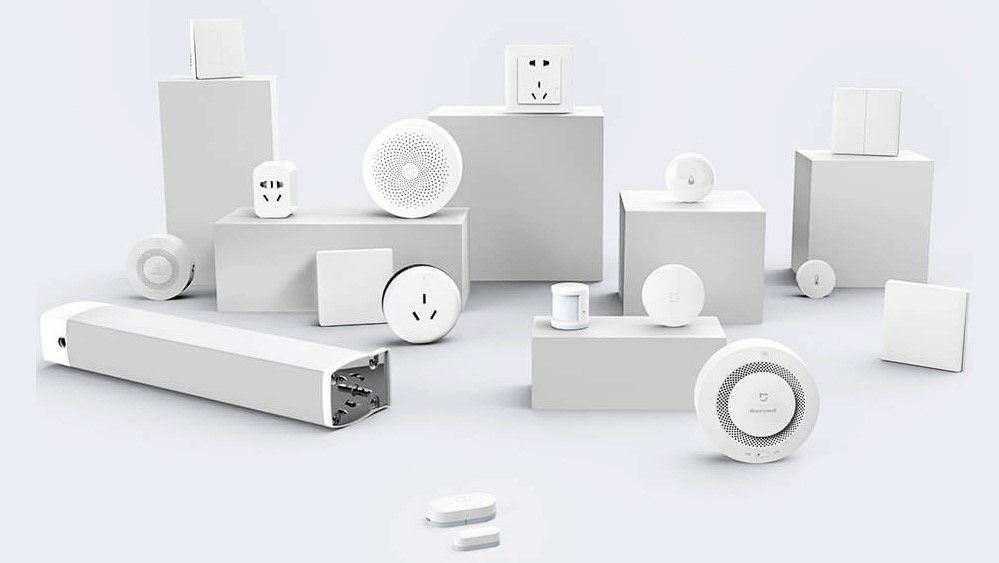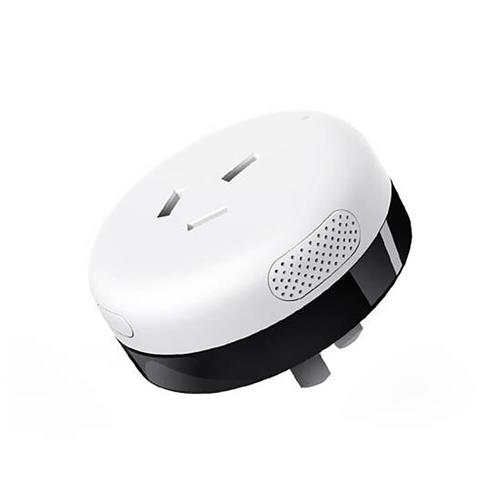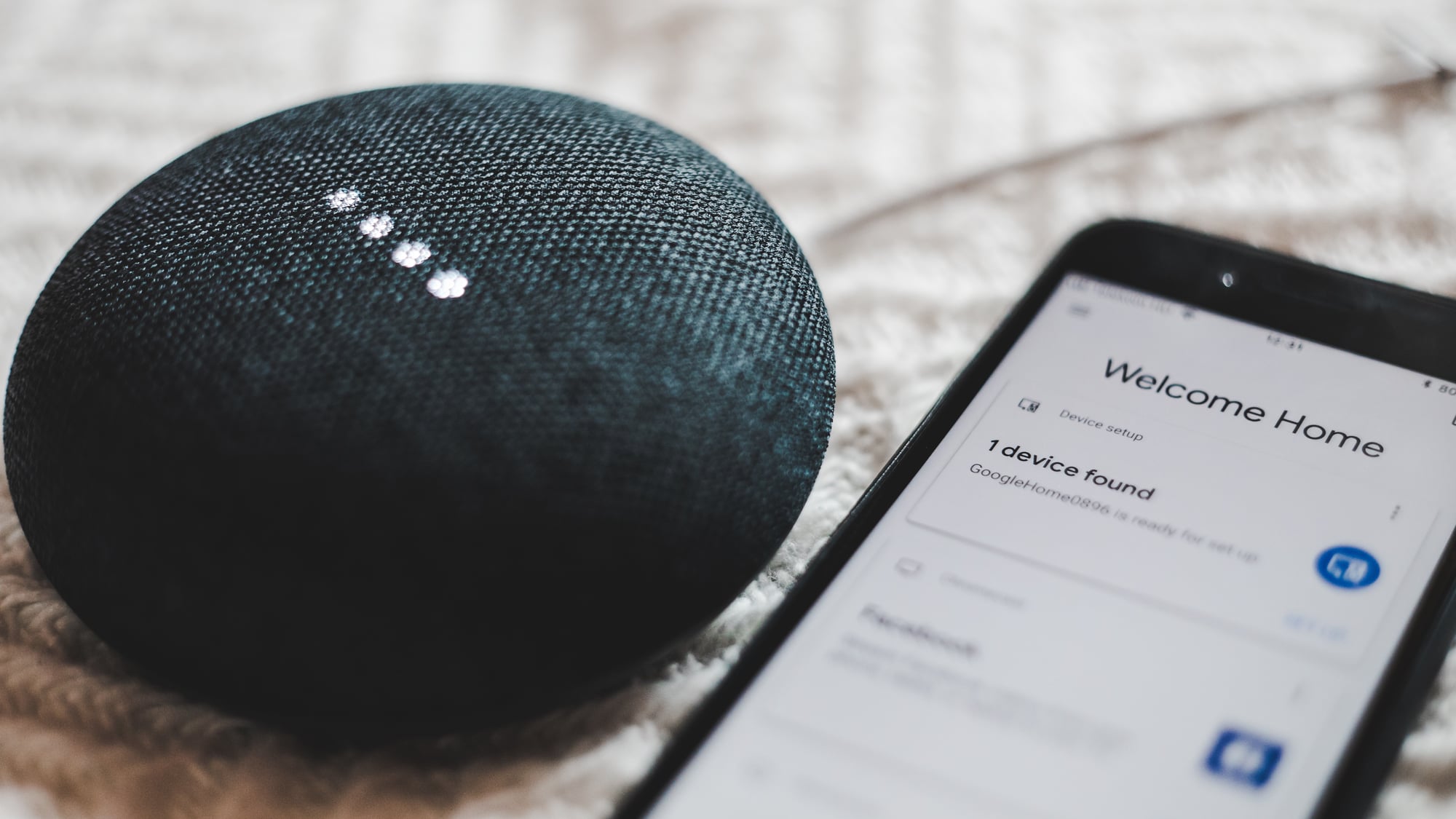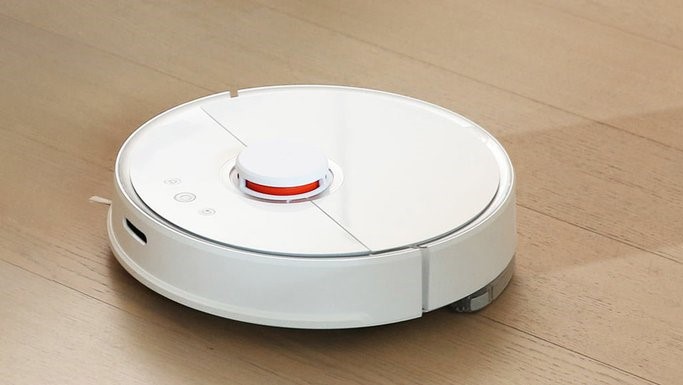Part II and Part III are now published too!
Smart homes are moving from Hollywood fantasy to HDB reality. With native support being built into smartphones, and control hubs like Amazon Alexa and Google Home becoming more accessible, connected electronics and appliances are slowly but surely making their way into the modern Singaporean’s aesthetic.
However, with the industry still in relatively early stages, most leading smart devices today cost a pretty penny. Many casually curious consumers – perhaps even you reading this now! – have held back from smart home upgrades because of this.
The good news is that costs are already on the way down, with forward-looking tech companies turning their resources towards mass-producing smart products. In Asia, we need to look no further than Xiaomi.

You’d be forgiven if you weren’t aware that Xiaomi offers an entire frickin’ ecosystem of smart products. Often marketed under the Mijia brand, many of these products haven’t officially made their way out of China, and aren’t sold at most Xiaomi stores. While these products aren’t technically supported in Singapore, simple workarounds can open you up to the wonders of this comprehensive yet affordable smart ecosystem.
In this three-part series, we show how you can bring intelligence and automation to your home without setting your bank account on fire, using some of the most practical products under the Xiaomi smart ecosystem.
But first: system support
Let’s start by ensuring that you have the proper peripherals to manage your smart devices. Most smart devices require a smartphone app to act as its control panel. Xiaomi’s ecosystem can be managed by the Mi Home app, available on Android and iOS. However, since many products are not officially supported in Singapore, Singaporean users will have to set the app’s server connection to Mainland China. This has been noted to work better on Android devices than iOS devices, so if you are unsure whether you can operate a device, drop a message to your seller of choice to get the right information, in order to make the right purchases.

AI assistants like Amazon Alexa and Google Home are not necessary for a smart home to function, but they do add an extra level of convenience with handsfree control. More importantly, these devices allow you to create cues for groups of devices that aren’t related to each other. In other words, if you wanted to turn on your Philips Hue light, air-con via Sensibo, and Xiaomi air purifier the moment you get home, these separate devices can be activated with a single keyphrase to your AI assistant.

Finally, electrical plugs. Many smart devices today take advantage of the prime position of electrical sockets around the house, or add automated control to the flow of electricity to devices. Ensure that the product you’re buying fits your electrical outlet, especially in terms of voltage. If the plug is different from your home’s native plug type, consider the pros and cons of using socket converters just for the benefit of using the device.
TL;DR – Do. Your. Research.
Products you already know
The Xiaomi Air Purifier and Mijia Robot Vacuum Cleaner should be more familiar to Singaporeans. These products are readily available in Singapore as cheap and good alternatives to more premium (and OG) versions like Dyson Pure Cool fans and Roomba robo-vacuums.
What you may not know is that both the Air Purifier and Robot Vacuum Cleaner are internet-capable, and communicate with companion apps on your smartphone to let you schedule automated programmes. Mopping up your house while you’re away at work? Cleaning the room’s air out 1 hour before you get back from work? No problem for these devices, which you can also control remotely if unscheduled needs crop up.
Coming up next!
Check out Part II, where we discuss smart lights and remote controls, and Part III, where we cover a range of useful smart sensors,!

















[…] Part 1 provided context and a checklist of things you’ll want to consider before filling your home with smart devices, particularly Xiaomi’s. If you haven’t read it, check it out right here. […]
[…] Part I of this series covered the basics of home automation, while Part II delved into how smart lights and switches can provide whole new levels of control in your home. […]